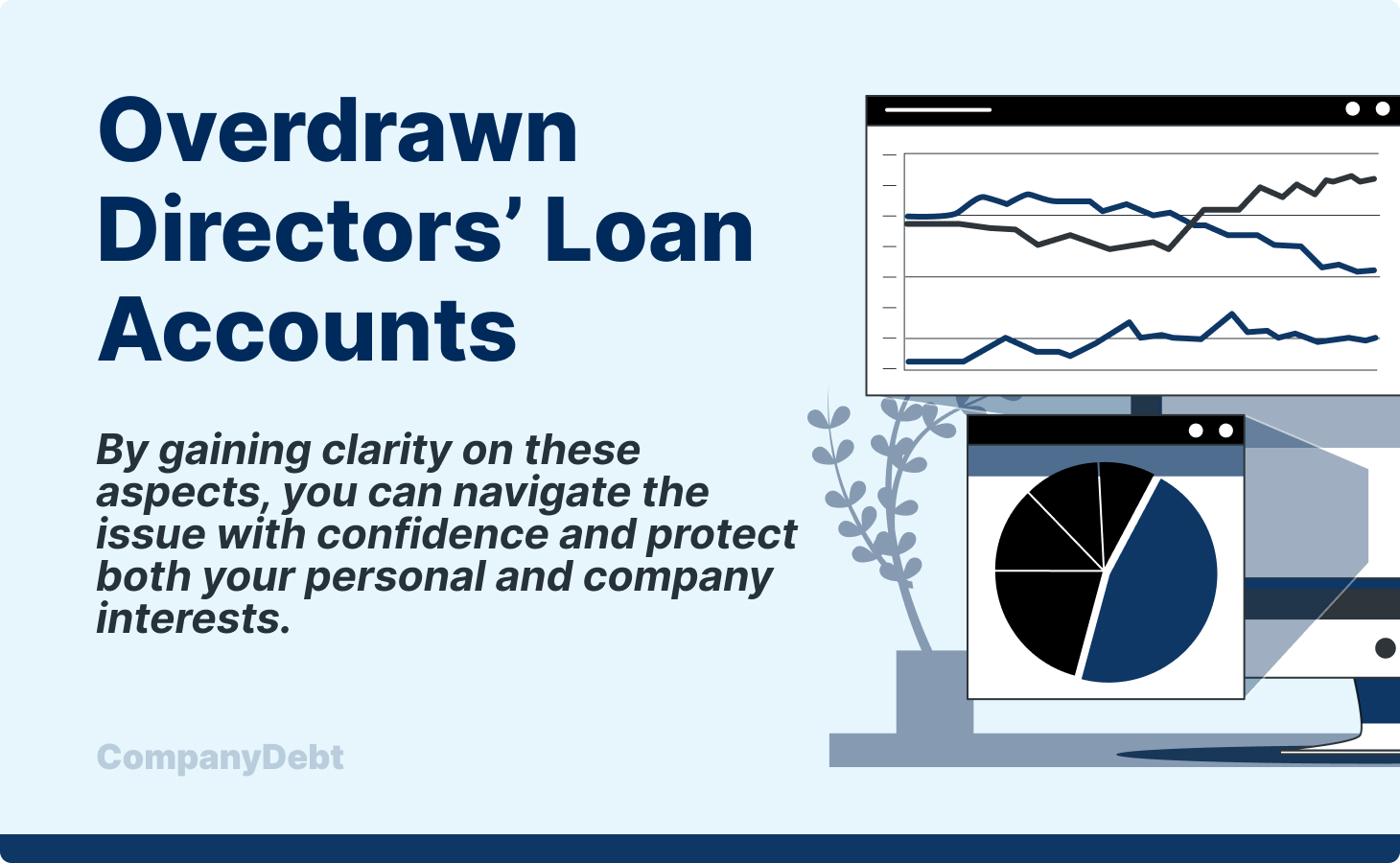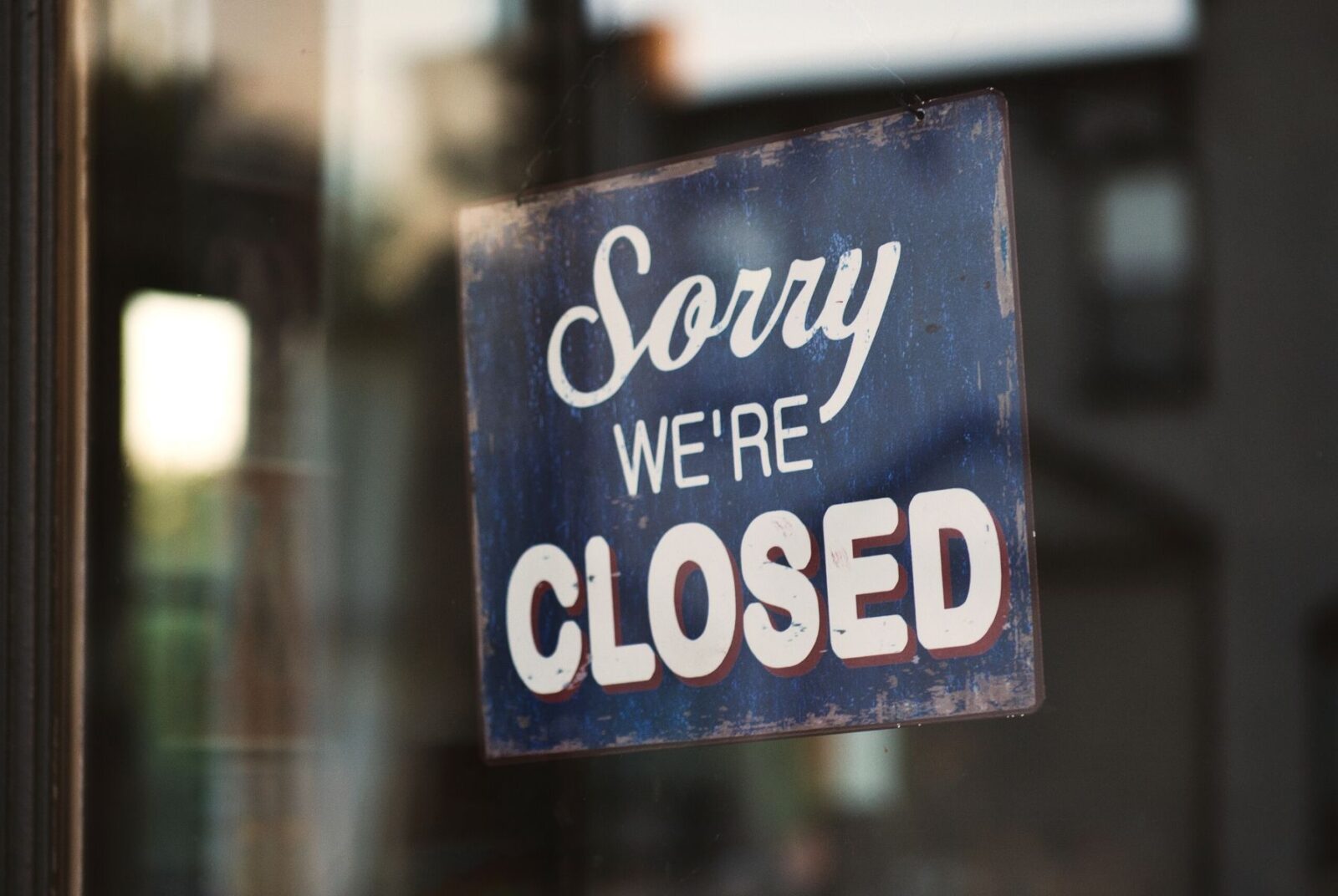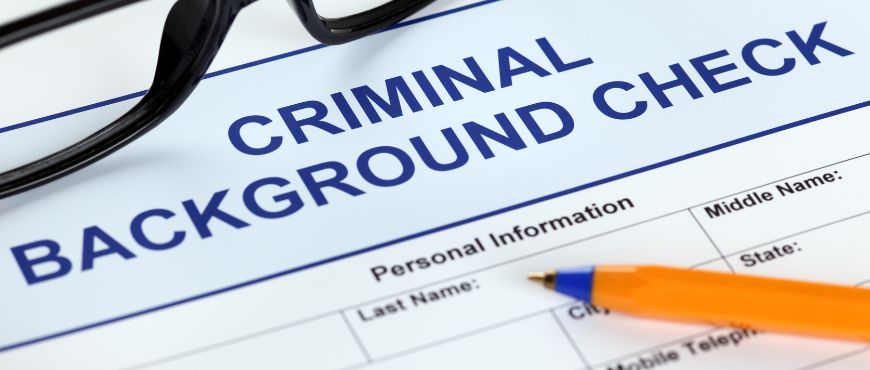
Overdrawn Directors’ Loan Accounts
Discovering that your director’s loan account is overdrawn can be unsettling. Concerns about personal liability, scrutiny from HMRC, and uncertainty about the next steps are common.
However, understanding the basics of an overdrawn director’s loan account can empower you to act swiftly and responsibly.
This guide explains what an overdrawn account means, its implications, and the steps you can take to address it.
By gaining clarity on these aspects, you can navigate the issue with confidence and protect both your personal and company interests.

- What Is a Director’s Loan Account?
- How Directors’ Loan Accounts Become Overdrawn
- Legal and Tax Implications
- Consequences of Failing to Rectify an Overdrawn Account
- Steps to Rectify an Overdrawn Director’s Loan Account
- Preventing Future Overdrawn Situations
- When to Seek Professional Advice
- Overdrawn Directors’ Loan Account FAQs
What Is a Director’s Loan Account?
A Director’s Loan Account (DLA) is a financial record that tracks money a director takes out of or puts into their company, separate from salary or declared dividends. It logs any personal transactions between you and your company. For instance, if you lend money to your company or withdraw funds for personal use, these transactions are recorded in the DLA.
The account becomes overdrawn when you withdraw more money than you have deposited. This means you owe the company the difference, which is treated as a debt on the company’s balance sheet. For example, if you take out £10,000 but have only put in £7,000, your DLA is overdrawn by £3,000.
Maintaining accurate records is crucial because HMRC scrutinises these accounts closely. Incorrect or incomplete records can lead to complications. Therefore, it’s essential to keep precise records of all transactions and ensure that any borrowed amounts are repaid promptly to avoid potential penalties.
How Directors’ Loan Accounts Become Overdrawn
Directors’ Loan Accounts (DLAs) can become overdrawn through several common practices, often resulting from minor oversights that accumulate over time. One frequent cause is taking excessive drawings, which occur when a director withdraws more money than the company can afford to cover. This might happen if the director assumes future profits will offset the withdrawals, but those profits fail to materialise.
Another common issue is incorrectly handled expenses. For example, personal expenses might be mistakenly charged to the company, leading to an overdrawn account. Additionally, failing to declare dividends properly can contribute to the problem. If dividends are declared without sufficient profits or proper documentation, they may be reclassified as loans.
Here are some scenarios illustrating how a DLA might become overdrawn:
- Excessive Drawings: Regularly withdrawing funds for personal use without corresponding deposits.
- Misclassified Expenses: Charging personal expenses like holidays or personal shopping to the company account.
- Improper Dividend Declaration: Declaring dividends without adequate profits or failing to document them correctly.
These small errors can quickly escalate into significant balances, posing risks such as tax penalties and potential legal issues. It is crucial for directors to monitor their DLAs closely and ensure all transactions are accurately recorded and justified.
Legal and Tax Implications
An overdrawn Director’s Loan Account (DLA) can have significant legal and tax implications for both the company and its directors. From a tax perspective, one of the primary concerns is the Section 455 charge under the Corporation Tax Act 2010[1]Trusted Source – GOV.UK – Corporation Tax Act 2010. This imposes a tax rate of 33.75% on the outstanding loan amount if it remains unpaid nine months after the end of the accounting period. This charge is designed to discourage directors from using company funds without paying income tax as they would on salaries or dividends.
Failure to address an overdrawn DLA can lead to penalties and interest charges from HMRC, which can further strain the company’s finances. Additionally, an overdrawn balance is recorded as a receivable asset on the company’s balance sheet, potentially impacting financial statements and affecting perceptions of financial health.
Legally, directors may face personal liability if they fail to comply with company law requirements, such as obtaining member approval for loans. This could lead to civil consequences or even disqualification from holding directorships if deemed “unfit conduct.” Therefore, compliance and timely action are crucial. Directors should ensure proper documentation and consider seeking professional advice to navigate these complexities effectively.
Consequences of Failing to Rectify an Overdrawn Account
Leaving a director’s loan account overdrawn can lead to significant financial and legal repercussions. The company may face additional tax liabilities, such as the Section 455 of the Corporation Tax Act 2010 mentioned previously. Interest charges accrue on this tax if it is paid late, adding further financial strain.
In cases of liquidation or insolvency, an overdrawn account becomes a debt owed by the director to the company. The liquidator will pursue this debt to recover assets for creditors. Failure to repay can result in personal bankruptcy proceedings against the director.
Additionally, persistent misuse of company funds through an overdrawn account may be deemed “unfit conduct.” This can lead to disqualification as a director for up to 15 years[2]Trusted Source – GOV.UK – Company Directors Disqualification Act 1986, especially if it involves improper use of funds or failure to comply with statutory requirements. It is crucial to address any overdrawn balances promptly and ensure compliance with all relevant regulations.
Steps to Rectify an Overdrawn Director’s Loan Account
To rectify an overdrawn Director’s Loan Account (DLA), consider the following strategies:
- Repayment: The simplest approach is to repay the amount owed to the company by transferring personal funds into the company account. Ensure all repayments are documented accurately to avoid discrepancies.
- Offsetting with Dividends: If your company has sufficient distributable profits, you may declare a dividend to offset the overdrawn balance. This requires careful documentation and adherence to legal requirements, ensuring dividends are declared lawfully and recorded in board minutes.
- Restructuring Finances: Consider restructuring your finances by adjusting salary or bonus payments. You could increase your salary or declare a bonus, which would be subject to PAYE and National Insurance Contributions, to cover the overdrawn amount.
- Proper Documentation: Maintain meticulous records of all transactions related to the DLA. Proper documentation is crucial for compliance with HMRC regulations and for providing evidence in case of disputes.
- Professional Advice: Engage with a professional, such as an accountant or insolvency practitioner, to ensure all actions taken are in line with legal and tax obligations. They can provide tailored advice based on your company’s specific circumstances and help navigate complex tax implications.
Preventing Future Overdrawn Situations
To prevent your director’s loan account from becoming overdrawn again, consider implementing a few practical measures. Regular monthly reviews of your accounts can help you spot potential issues early. Improving your bookkeeping systems ensures accurate tracking of all transactions, reducing the risk of oversight. Additionally, setting realistic dividend policies that align with your company’s profits can prevent financial strain.
Here are some best practices to follow:
- Conduct monthly account reviews to monitor financial health.
- Implement robust bookkeeping systems for accurate record-keeping.
- Establish dividend policies based on actual profits.
- Stay proactive in monitoring business finances.
Seeking professional advice early when in doubt can save you from future complications. A qualified accountant or financial adviser can provide tailored guidance to keep your finances in check.
When to Seek Professional Advice
If your director’s loan account is overdrawn, seeking professional advice is often a wise step. Consulting an accountant or tax adviser can be crucial when dealing with complex tax exposure, such as navigating the intricacies of Section 455 tax charges.
If your company is facing imminent insolvency, a licensed insolvency practitioner can provide guidance on managing creditor pressures and avoiding personal liability. Repeated mismanagement of accounts or failure to comply with statutory requirements are red flags that necessitate expert intervention.
Prompt consultation can help resolve issues swiftly, potentially minimising penalties and further liabilities. By acting early, you can address financial discrepancies before they escalate, ensuring compliance and safeguarding your business’s future.
How Company Debt Can Help
Overdrawn directors’ loan accounts are a complex process that requires careful consideration and expert guidance. At Company Debt, we specialise in helping directors navigate these challenging situations.
Our team of insolvency practitioners and financial experts can:
- Assess your company’s financial position
- Advise on the most appropriate recovery/closure method for your circumstances
- Guide you through the liquidation process if necessary
- Help you understand and manage your personal liabilities
- Assist with negotiations with creditors and HMRC
Don’t let the stress of an overdrawn director’s loan overwhelm you. We’ve helped 1000’s of directors navigate difficult financial circumstances, and taking professional advice early can help protect your interests and ensure you comply with your legal obligations.
If you need help understanding the best way forward for your company, use the live chat during working hours, or call us on 0800 074 6757 to schedule a meeting either in person or over the phone.
Overdrawn Directors’ Loan Account FAQs
Is it illegal to have an overdrawn director’s loan account?
No, having an overdrawn director’s loan account (DLA) is not illegal. However, it comes with potential tax implications and compliance requirements. An overdrawn DLA means the director owes money to the company, and this must be carefully managed to avoid issues with HMRC and ensure compliance with both tax and company law.
How soon must I repay an overdrawn loan to avoid extra tax?
To avoid a Section 455 tax charge, you should repay the overdrawn amount within nine months and one day after the end of the company’s accounting period. If not repaid by this deadline, a tax charge of 33.75% on the outstanding amount may apply. Timely repayment is crucial to avoid this additional tax burden.
Can my company write off the overdrawn account entirely?
Yes, a company can write off an overdrawn DLA, but this decision triggers significant tax consequences. The written-off amount is treated as a distribution for Income Tax purposes, potentially leading to a higher tax bill for the director. Additionally, the company cannot deduct this write-off when calculating its Corporation Tax liability.
Does HMRC refund Section 455 tax if I repay the loan later?
Yes, if you repay the loan after incurring a Section 455 charge, your company can claim relief under Section 458[3]Trusted Source – GOV.UK – Section 488. This relief allows the company to reclaim the S455 tax paid once the loan is repaid or written off. However, any interest paid due to late payment of S455 tax is not refundable.
Can I charge interest to myself instead of declaring dividends?
Yes, charging interest on an overdrawn DLA at or above HMRC’s Official Rate of Interest can help manage Beneficial Loan Benefit-in-Kind (BIK) charges. This approach may be preferable if you wish to avoid declaring dividends, but it requires careful calculation to ensure compliance with BIK rules.
Will I face personal liability if my company goes into liquidation with an overdrawn loan?
Yes, if your company enters liquidation with an overdrawn DLA, you may be personally liable for repaying the debt to the company. The liquidator will treat the DLA as a recoverable asset and may pursue repayment from you as part of their duty to recover assets for creditors.
Are there penalties for late disclosure of overdrawn loans to HMRC?
While there are no specific penalties solely for late disclosure of overdrawn loans, failing to report them accurately can lead to broader compliance issues. These include potential interest charges on unpaid taxes and scrutiny from HMRC. Accurate and timely reporting is essential to avoid complications.
The primary sources for this article are listed below, including the relevant laws and Acts which provide their legal basis.
You can learn more about our standards for producing accurate, unbiased content in our editorial policy here.
- Trusted Source – GOV.UK – Corporation Tax Act 2010
- Trusted Source – GOV.UK – Company Directors Disqualification Act 1986
- Trusted Source – GOV.UK – Section 488









